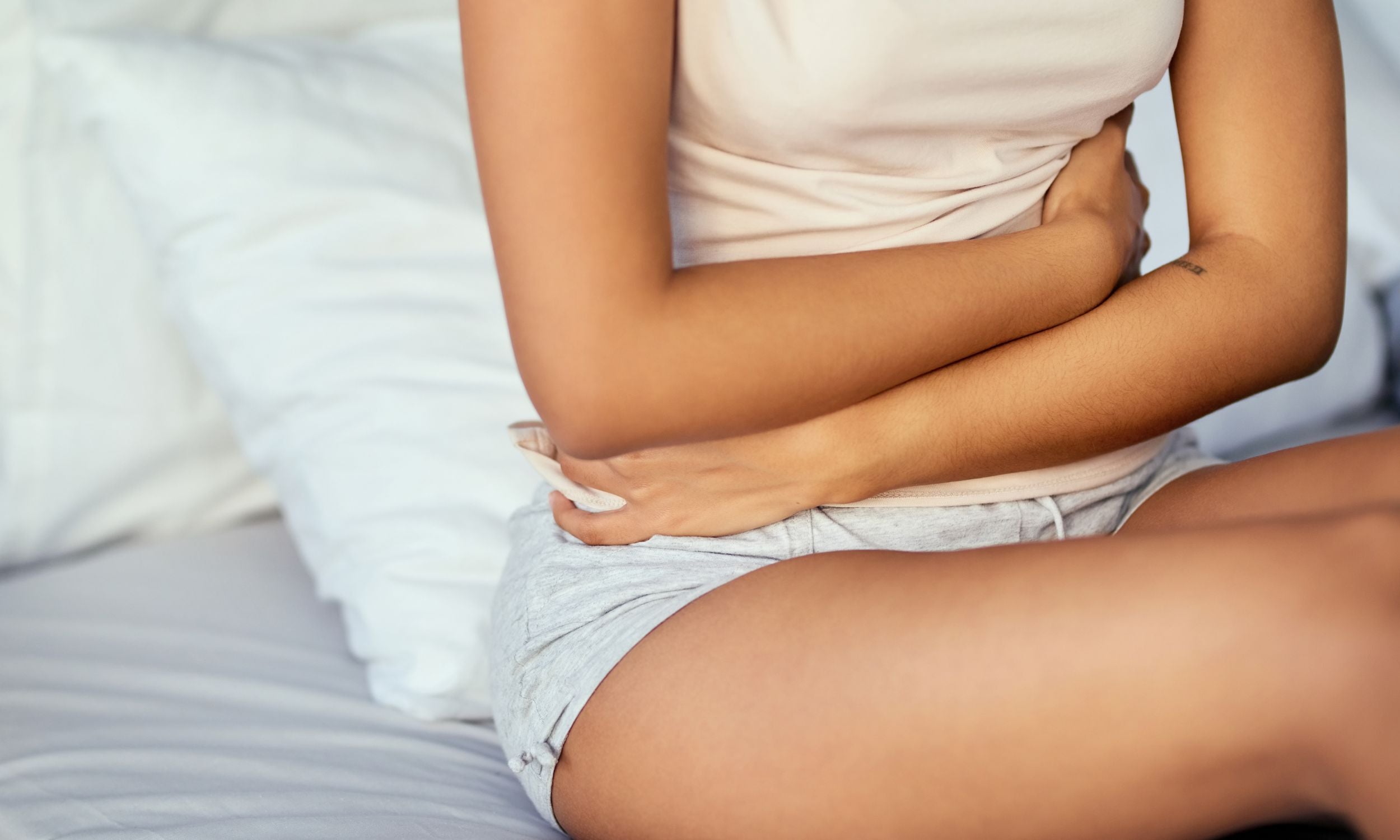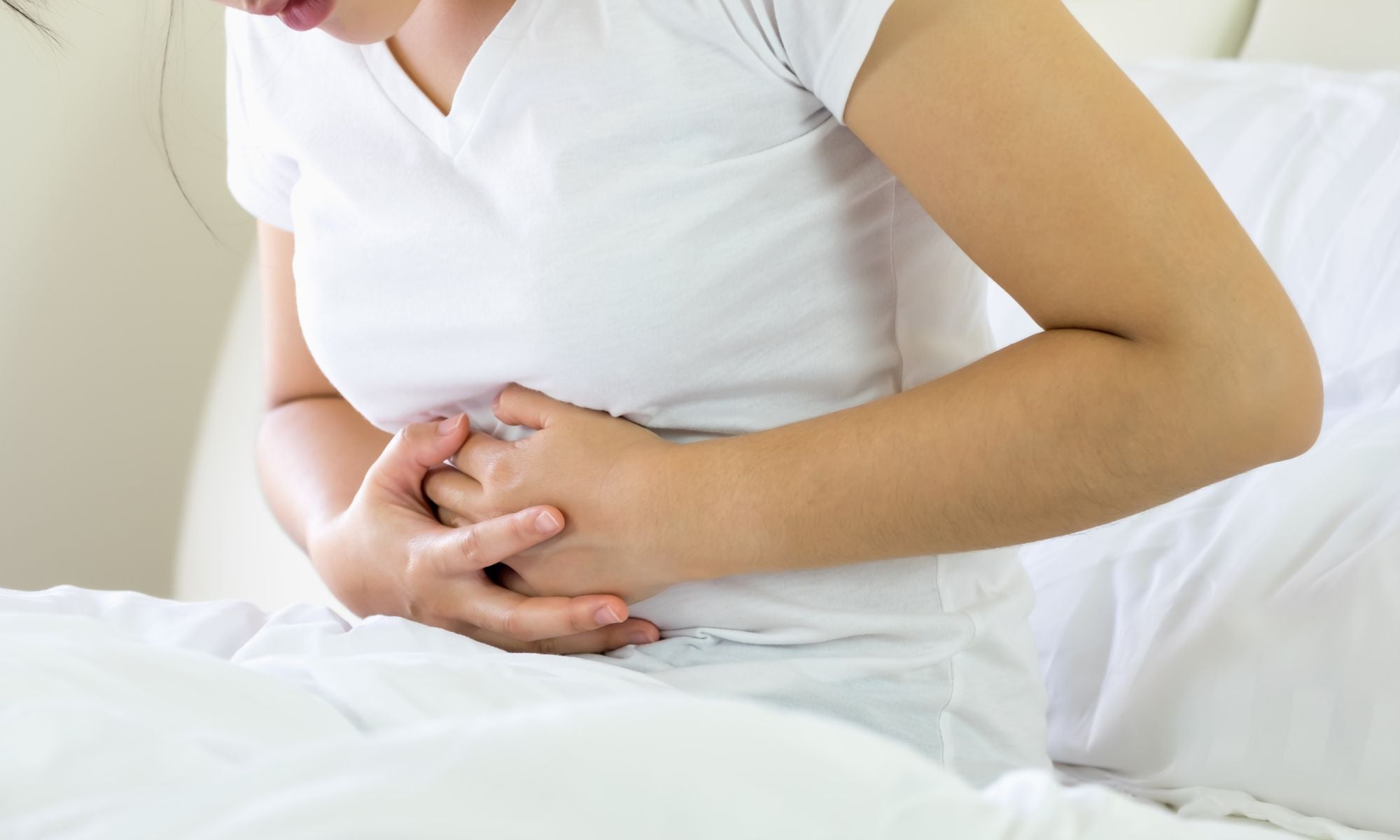
TYPES OF CONSTIPATION, SYMPTOMS AND TREATMENT
Constipation is a condition wherein infrequent bowel movements occur and stools are hard to pass. The primary causes of constipation are changes in diet and routine and lack of fiber in the diet.
It is having less than three bowel movements a week. Occasional constipation is common but some people also experience chronic constipation that can hinder going about with daily tasks.
People may not be aware that there are actually different types of constipation. We will talk about each of them.
Normal Transit Constipation – Stools are passed frequently but a person can still feel constipated. This is caused by problems in the muscles and nerves that are involved in making bowel movements. Symptoms include bloating, pain in the abdomen and hard stools. Treatment and prevention include change in diet, adding more fiber to your diet and regular exercise. Exercise can help improve muscle tone which is important in bowel movement.

Slow Transit Constipation – This type of constipation is characterized by the slow movement of stool in the colon which is caused by either myopath or neuropathy. Myopathy generally refers to any disease or illness that affects the muscles that are involved in voluntary movements while neuropathy is a dysfunction in the nerves that results in numbness, tingling and weakness of the muscles.
People that have slow transit constipation may feel strain during bowel movements, hard stools and a feeling of incomplete evacuation. It basically is a feeling that the colon isn’t moving stools fast enough. Treatment for slow transit constipation involves the use of laxatives to aid in motility and enemas in order to flush the rectum of feces. Enemas may be administered by a health professional or you can do it yourself at home using our Medisential Premium Transformation Kit which includes a step by step guide and recipes for enema solutions. You can pre-cleanse using our Enema Bulb Kit prior to administering your water or coffee enema.
Pelvic Floor Dysfunction – This is the inability to control muscles in the pelvic floor and this causes urination and defecation problems. The pelvic floor contains muscles, tissues and ligaments that support the bladder, rectum, vagina, uterus and prostrate. PFD may cause obstructed defecation where in stools enter the rectum but body cannot fully evacuate them. There are several causes of PFD. Age is a huge factor because as we get older, pelvic floor muscles stretch naturally. Certain medical conditions such as pregnancy, chronic cough and other systemic diseases can bring about PFD.
Treatment for pelvic floor dysfunction is highly dependent on the cause. They may be the following:
- Changes in diet – Adding more fiber and drinking lots of water is recommended.
- Laxatives – A daily dose of laxative may be a good way to help ease constipation but not all laxatives available are effective so it is best to consult a health care professional before taking one.
- Surgery – When PFD already disrupts a person’s daily tasks, doctors may recommend surgery to fix the problem
- Ultrasound and Massage – This helps induce muscle contractions.
If you are experiencing constipation, it is best to see a doctor who can evaluate the condition. More often than not, a simple change in your diet will solve the problem but if constipation is accompanied by other symptoms such as bleeding or extreme pain, it may be an underlying symptom of another illness.
Support













